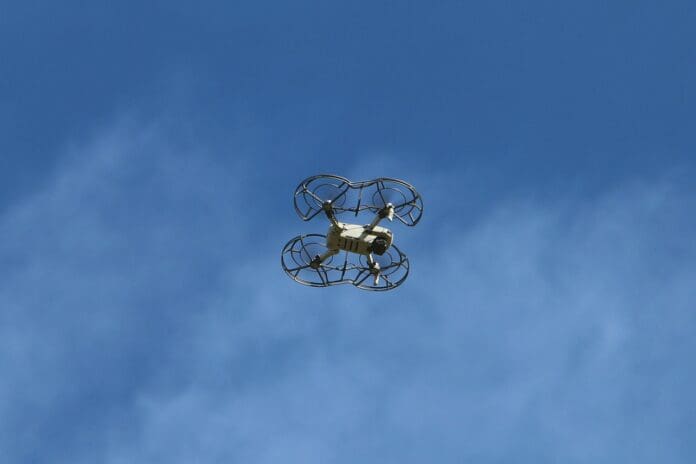This post is also available in:
 עברית (Hebrew)
עברית (Hebrew)
Engineers from the University of Hong Kong have introduced a groundbreaking aerial robot, SUPER, designed to navigate high-speed environments with exceptional agility. This new model addresses the common challenges faced by previous drones, particularly in real-time obstacle avoidance at fast speeds, and marks a significant leap forward in autonomous micro aerial vehicles (MAVs).
Revolutionary Navigation Technology
SUPER’s standout feature is its advanced navigation system, which combines AI-powered control algorithms with a lightweight 3D LiDAR sensor for accurate, long-range obstacle detection. Unlike traditional models, which rely on pre-set paths or external sensors, SUPER adapts in real-time by creating two flight routes: one prioritizing safety in clear spaces, and the other focused on maximizing speed in all areas. This innovative dual-path approach dramatically reduces failure rates by over 35 times and enables SUPER to reach speeds beyond 20 meters per second while navigating tight spaces and delicate obstacles.
Achieving Precision Flight
Inspired by the agility of birds, SUPER’s ability to fly at high speeds through cluttered spaces is unprecedented. In practical tests, the robot was able to maneuver through dense forests, avoiding trees and branches while tracking a target. Its LiDAR-based system works in low-light conditions, making it highly reliable in challenging environments where traditional vision sensors struggle due to limitations like motion blur.
Enhanced Performance and Autonomy
SUPER’s efficient processing of LiDAR data is another major breakthrough. Instead of relying on occupancy grid maps, it quickly analyzes LiDAR point clouds, reducing mapping time to a mere 1-5 milliseconds. Additionally, SUPER’s trajectory planning uses simpler and faster gradient-based algorithms, offering improved flight reliability and faster response times compared to earlier systems.
Real-World Potential and Future Upgrades
Thanks to its lightweight, high-thrust design and compact LiDAR system, SUPER is ideal for various applications such as search and rescue, infrastructure inspections, and logistics in environments that are difficult to navigate. The team envisions future improvements, including even smaller and longer-range LiDAR sensors, to further boost speed and precision.
SUPER’s advancements were detailed in a study published in Science Robotics, underscoring its potential to transform autonomous navigation in real-world scenarios.


























